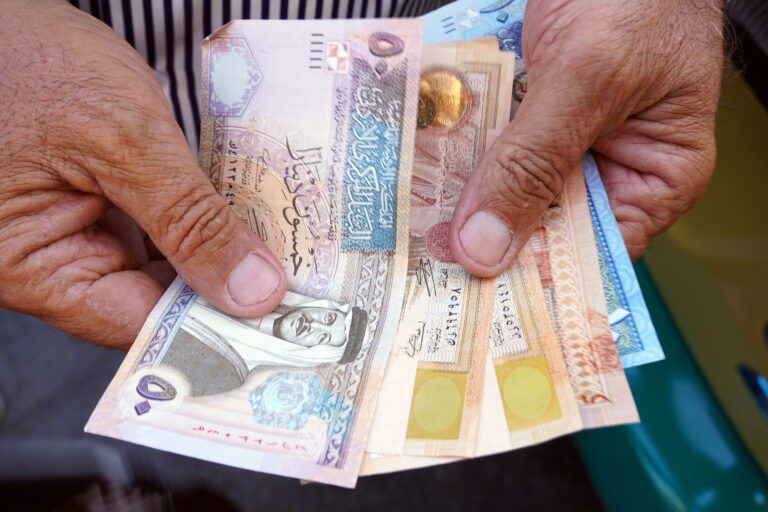The Jordanian dinar (JOD) is one of the world’s strongest currencies, making it an essential topic for travellers to Jordan or those sending money to loved ones there. With a fascinating history and unique features, the dinar reflects Jordan’s rich culture and modern economic policies.
Here’s everything UK travellers and senders need to know about the Jordanian dinar, its denominations, exchange rate, and history.
What Is the Jordanian Dinar?
The Jordanian dinar (JOD), symbolised as د.أ and often abbreviated to JD, has been Jordan’s official currency since 1950. The Central Bank of Jordan manages and issues all banknotes and coins.
Jordanian Dinar Denominations
Coins
- 1, 2.5, 5, and 10 piastres (qirsh)
- ¼, ½, and 1 dinar
Banknotes
- 1, 5, 10, 20, and 50 dinars
Banknotes feature vibrant colours and images of significant historical figures, while coins often depict King Abdullah II, Jordan’s current ruler.
Five Fascinating Facts About the Jordanian Dinar
1. One of the World’s Strongest Currencies
The Jordanian dinar is among the top four strongest currencies globally, pegged to the U.S. dollar at a fixed exchange rate. This stability is maintained regardless of the state of Jordan’s economy, ensuring a consistent value.
2. Historical Figures on Banknotes
Jordanian banknotes feature past kings and leaders:
- 1 JD: Hussein bin Ali, leader of the Arab Revolt and King of Hejaz.
- 5 JD: Abdullah I, Jordan’s first king and architect of its independence.
- 10 JD: Talal bin Abdullah, Jordan’s second king.
- 20 JD: Hussein bin Talal, moderniser of Jordan during his long reign.
- 50 JD: Abdullah II, Jordan’s current king.
3. King Abdullah II Is on All Coins
Jordanian coins feature King Abdullah II, known for his progressive social and economic reforms. His policies aim to modernise the country and improve the welfare of its citizens.
4. The Word “Dinar” Has Ancient Origins
The term “dinar” originates from the Roman denarius, a silver coin. It has influenced monetary terms in various languages and is used by several countries, including Algeria, Kuwait, and Tunisia.
5. JOD vs. JD
While JOD is the official currency code, locals and businesses commonly refer to the Jordanian dinar as JD.
History of the Jordanian Dinar
Before independence, Jordan used the Palestine pound. After gaining independence in 1946, Jordan introduced the dinar in 1950, marking its sovereignty in economic matters.
Sending Money to Jordan
For those sending money to Jordan, platforms like Remitly offer a fast, secure, and cost-effective solution. With options for bank transfers and cash pickups, Remitly ensures a seamless experience for senders and recipients.
